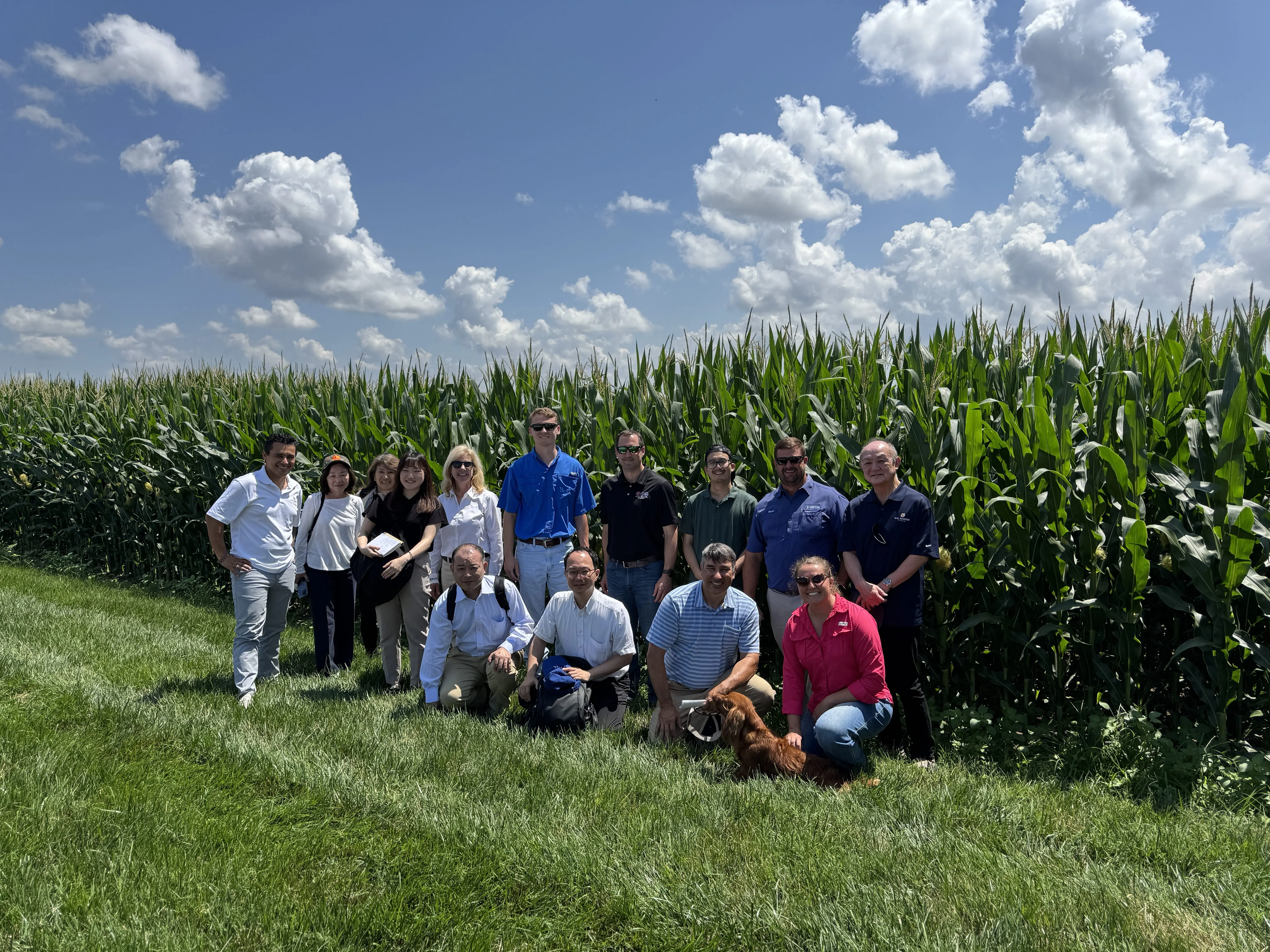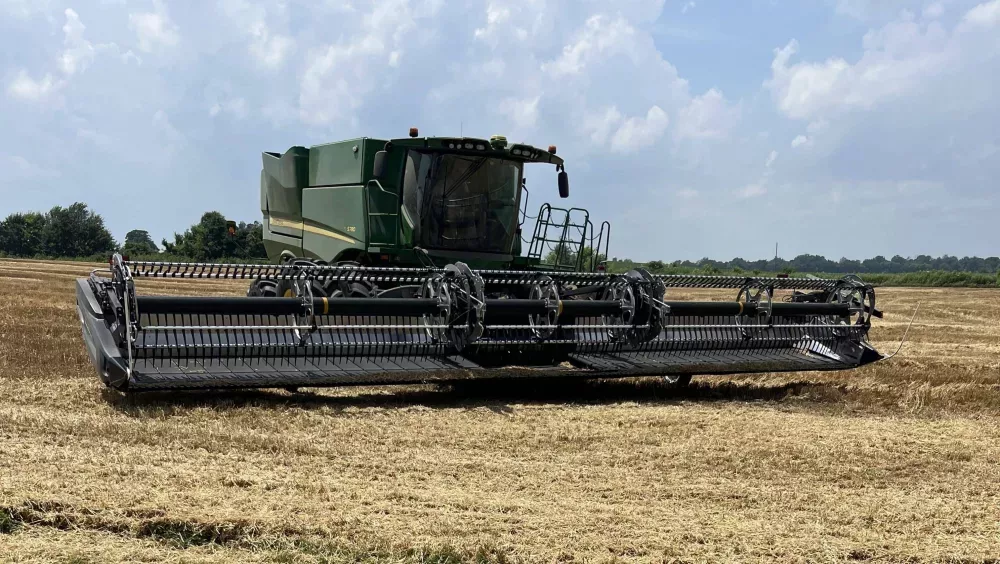While it may be just a little early to start planting tomatoes and peppers, there is one crop tough enough to take the inevitable cold snap before our frost-free date – salad greens, specifically lettuce, spinach, and various greens or some combination thereof.
These crops are all considered cool-season vegetables (although some varieties do well in summer also) and all do well in the cooler temperatures of spring. Lettuce will even germinate at 35 degrees and, after growing starts, tolerate temperature lows to 28 degrees. Plus they grow fast! You may even be able to pick and eat a baby green salad of some cultivars in as few as 29 days.
Another perk to growing salad greens is their shallow root system. That makes them well suited for containers of almost any size. A clay pot, rectangular window box, basically any container with at least 6-inches of rooting depth, and drainage holes in the bottom will work. One idea I like is the Salad Table developed by the University of Maryland. It’s essentially a shallow wooden frame with a large surface area and a mesh bottom that allows water to drain. You can attach legs of any length you desire or set it on other supports.

It is important to use the right soil for leafy greens. Anything with coarse bark or clay is not great for this crop. Use seed-starting potting mixes that contain peat moss and vermiculite designed for use in shallow containers. You may find some products that already contain fertilizer, but it is not necessary. Instead, you can incorporate a slow-release fertilizer when you are filling your container. Later when plants are 4 to 6 inches tall start a regular program with a liquid fertilizer of your choice. Follow the label for frequency.
Five to six hours of sunlight is best for most plants, but you may get by with less depending on the type of salad greens you grow. As the plants grow and you start watering, be sure to add water until it drains out the bottom holes to flush out fertilizer salts. Because we are using shallow containers, as the days get warmer you may need to water daily. Also, as the sun gets brighter, be sure the plants are in the shade during the hottest part of the day to prevent scorching. Remember to thin out the greens as soon as they are a couple of inches tall to prevent stunted growth.
I think the best part of growing your own salad, and really any vegetable crop for that matter, are the many different cultivars you just cannot find in the grocery store. A quick search of one on-line seed supplier yielded 10 cultivars of spinach, 66 greens, and 126 cultivars of lettuce with strange names like Firecracker, Deer Tongue, Oakleaf, and Flashy Trout Back. All manner of colors, leaf shapes, and flavors are available.
Growing your own salad greens is inexpensive, easy to do, and provides your family a source of highly nutritious and even interesting leafy veggies.
— Kelly Jackson, Christian County Extension Agent








